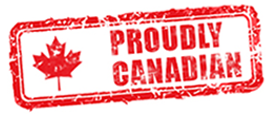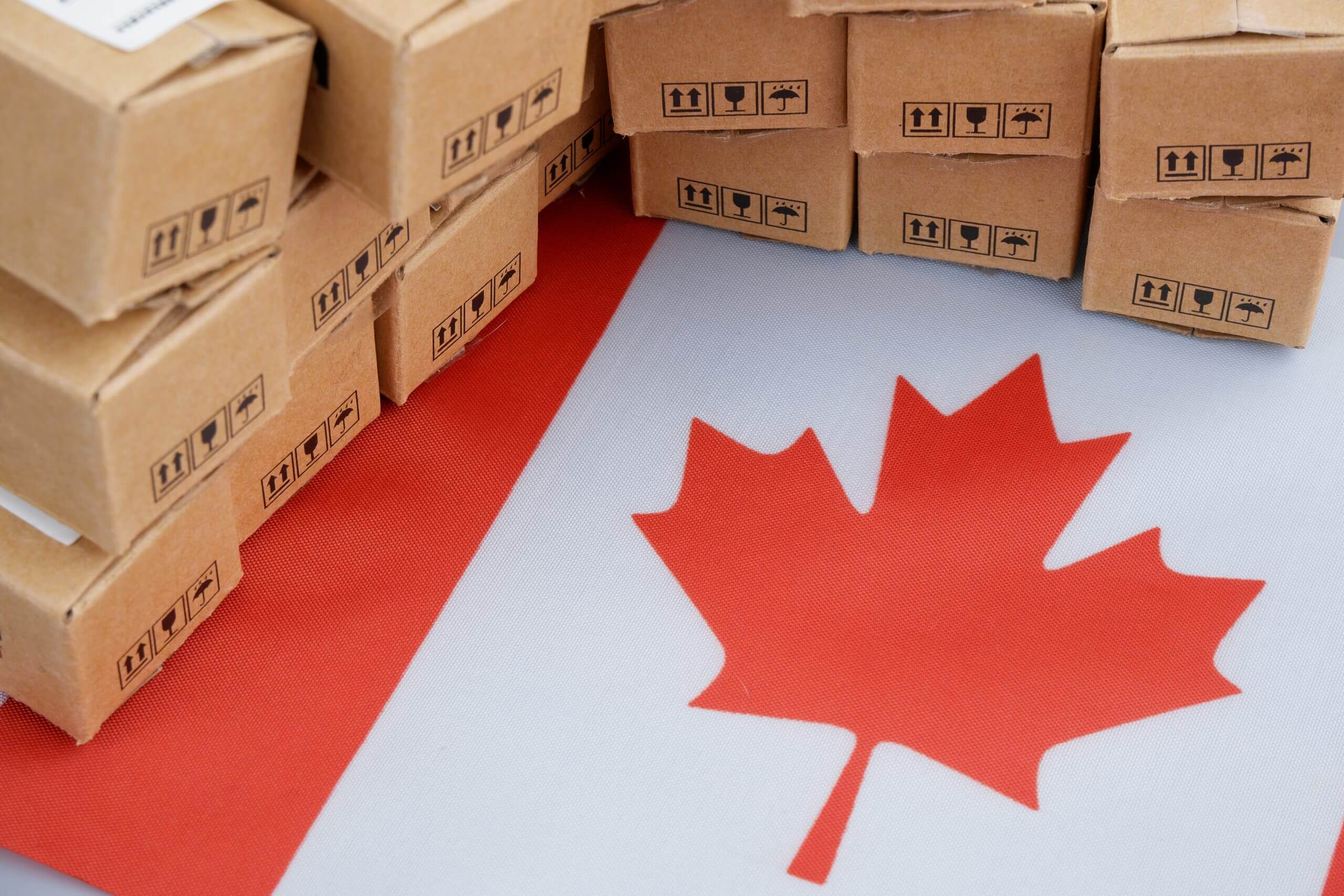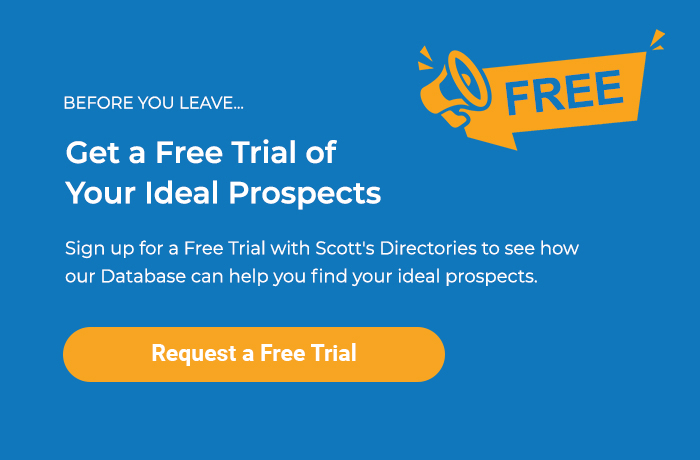There is More to Quoting that Just the Quote
When should I quote?

This is an easier answer but is still worth discussion.
The right time to quote is when you have gathered the information you need to fully understand what your customer is looking for beyond the specs of their project or need.
You need to also know their buying criteria, decision-making process, budget, timing, the rationale behind their need and timing, etc… They are not just buying a product/service, they are buying a solution. That “total solution” they want to buy is an amalgamation of many variables including you
– not just a price on paper.
Too often a customer calls in and requests a quote “now, now, now”. Without thinking, we just type it up, fill in what information we know and send it over. To no surprise, you soon find out that your quote is sitting at the corner of their desk, under a pile of other quotes they haven’t read. What is went wrong? Did they really need a full quote or would a 3 line email have been sufficient? Was it too soon to send a quote? Did you know what variables were the most important to them?
So don’t be too quick to just “quote, quote, quote”. Take your time, ask lots of open-ended questions, assess their true needs and then allocate your time and energy appropriately.
Sometimes that may mean saying “no thanks” because you determine that realistically you are not the best fit or they are not willing to participate in the relationship.
Remember, just because your customer has asked you for a quote, does not mean you have to give them one until you feel you have enough information to put your organization in a winning position.
The alternative is that you become a “professional quoter” instead of a “professional sales rep”.
How should I develop my quote?
The answer is quite simple. Your job is to – as best you can – develop the quote with your customer instead of for your customer.
If the customer participates in developing the solution or quote with you, the likelihood that the quote meets their personal & business needs will be substantially higher.
How should I deliver my quote?
While we have dedicated an entire section to this topic, the short answer is that in a vast majority of instances quotes should be presented to the customer. Presenting the quote can be done face-to- face or via phone.
There are 8 reasons why you should always present your quote. (See Why you should always Present your Quote module)
Are there ever instances one does not need to present a quote? If the quote is for a solution your existing customer has purchased from you in the past, presenting a quote is less critical because they know what’s in the quote, they know their expected return and you already have credibility established. Beyond that, you should typically present your quote.
Tips:
- Set up the quote presentation meeting first. Then, once the quote is ready, email the quote one day prior to the meeting.
- Always send a meeting reminder, with agenda, a few days before the meeting to ensure the meeting proceeds as scheduled.
Should I follow up my quotes? If yes, when and how?
Other than in a few instances (like the example where it’s an existing customer requesting a quote for products/services they have purchased from you in the past), you should always follow up your quote.
So many companies have thousands of quotes “hanging out there” with little knowledge as to where these quotes are at in the sales process and no next action. This is a selling “sin”.
Here is how to follow up your quotes:
Step 1: After you have finished presenting your quote, immediately (before putting down the phone or leaving their offices) book your quote follow up appointment.
Step 2: After each follow up meeting, before putting down the phone or leaving their offices, immediately book your next follow up meeting – with an agenda – until the sale is made.
What should my close ratio be?
This is a tough question because there are a lot of aspects or variables. Is the audience a past customer or prospect? Did they come to you or did you prospect them? Does your solution/quote best match their needs? Are you quoting directly to the End User or via a 3rd party? Etc….
While there are many aspects that are out of your control, how you approach, present & follow up your quote are all items that are directly within your control & all can greatly impact your close ratio.
“How” you quote can often be more important than what you’ve quoted because your customer’s perception of you, your company & the quote will create the “total value” in their mind (which is the most important component for their decision-making).
So while I hesitate to commit to what a close ratio should be, it’s safe to say that anytime you are closing at a 33% or higher rate, you are likely quoting “smart”.
When it comes to finding reliable partners in the Canadian market, Scott’s Directories is an invaluable resource. The direct...
Read MoreA Western Directory can significantly enhance your B2B marketing strategy. By leveraging detailed data, you can identify potential...
Read MoreFinding the right healthcare facility is crucial for quality care. The list of hospitals in Ontario provides an extensive director...
Read More























